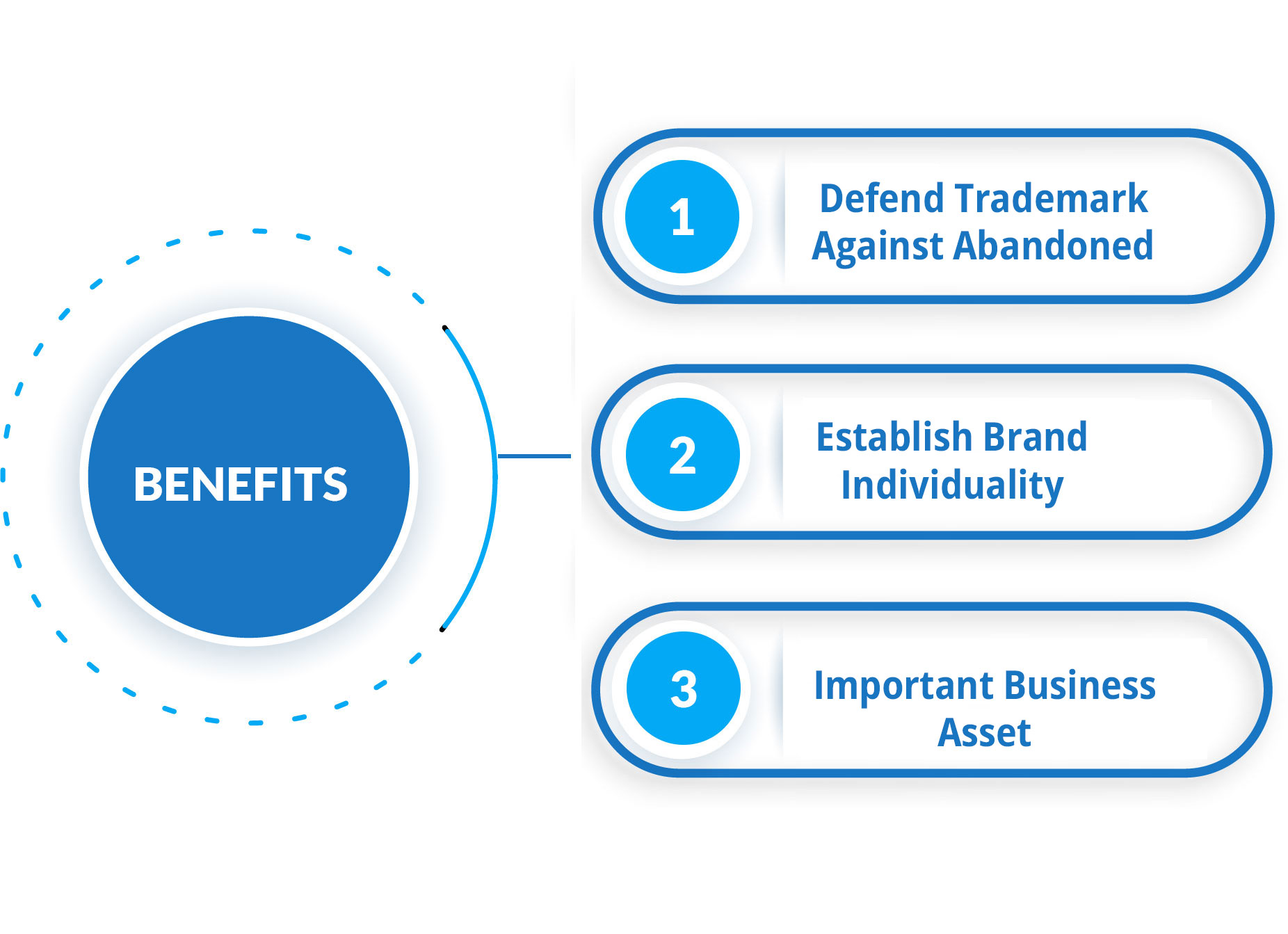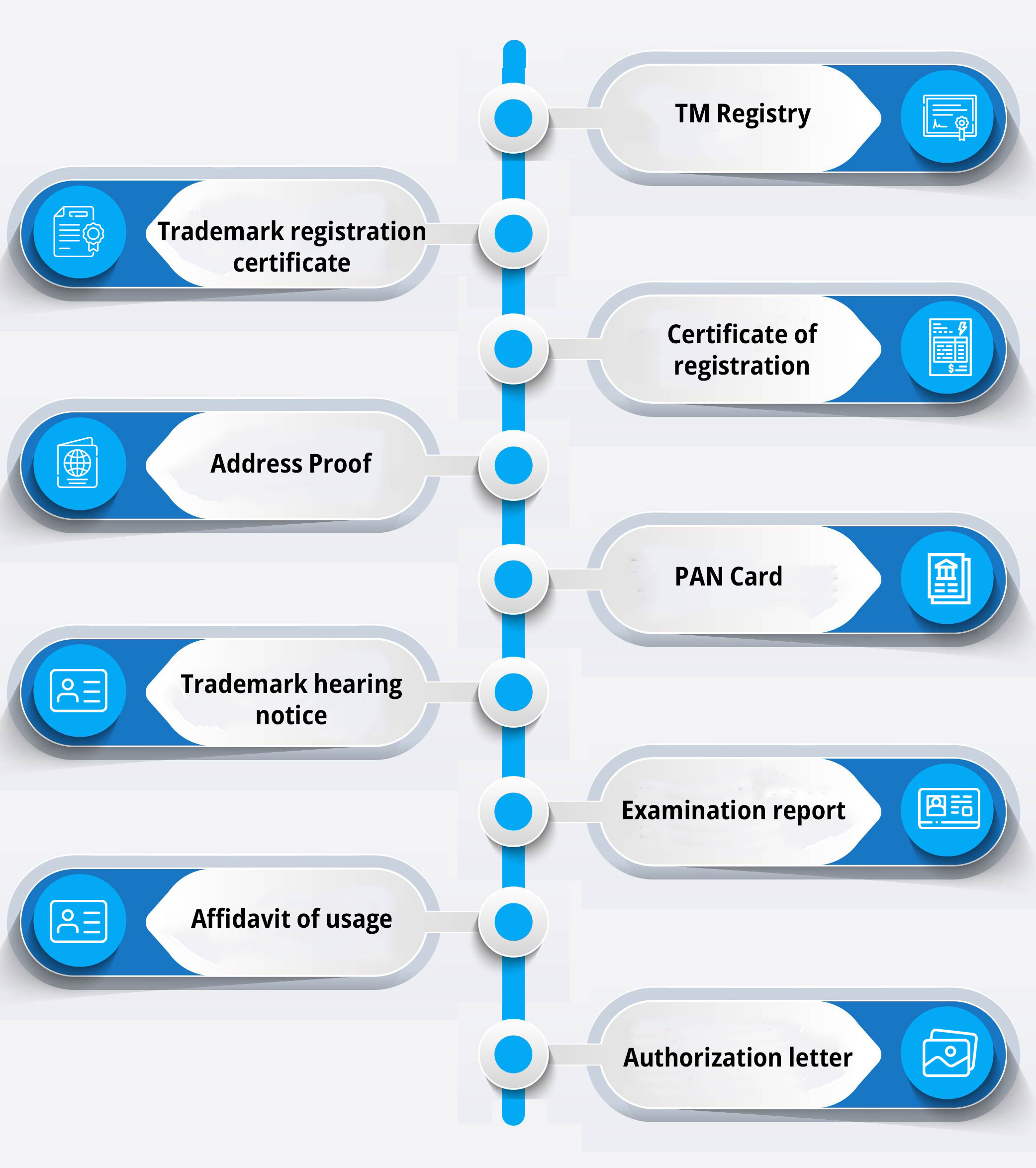Trademark Objection does not indicate rejection of a trademark registration application; rather, it necessitates a sense of clarity on the trademark that the applicant has chosen for registration. When a trademark application reaches the Registrar and the Registrar discovers any incorrect information in the application form or determines that the trademark is not appropriate for registration for any reason, he or she marks the trademark application as objected and sends the examination report to the applicant, along with the reasons and grounds for raising an objection against it.
In the event of a trademark objection, a comprehensive reply needs to be filed within a month from the objection's date of issuance. There are several reasons for Trademark objections like similarity with an existing trademark, offensive trademarks, absence of uniqueness, etc.


Below is the procedure to file a trademark objection response-
The first step is to thoroughly analyse and research the objection, since any uncertainty in understanding can result in an improper Trademark Objection Response being filed.
The next step is to create a trademark response that includes the following information:
A proper response to the concern rose, including supporting rule of law, precedents, and judgements.
The distinctions between the disputed mark and the applicant's mark
Other supporting documentation and proof that the response is correct
An affidavit confirming the applicant's use of the trademark on its website and social media channels; media advertisements; publicity materials; availability of trademarked products on e- commerce sites, and so on, accompanied with documentary proof.
The Trademark e-filing facility is then used to file the response draft.
The application will be processed further for registration and publication in the Trademark Journal if the response is accepted. If it is not approved, or if the Trademark Examiner requests additional clarifications, a trademark hearing will be held, and the public will be notified.
The application will be processed further for registration and publication in the Trademark Journal if the response is accepted. If it is not approved, or if the Trademark Examiner requests additional clarifications, a trademark hearing will be held, and the public will be notified.
If the hearing results in a good decision, the mark will be accepted and published in the Trademark Journal.
If the outcome is negative, the Refusal Order will be issued, stating the grounds for the refusal. The applicant could still appeal the ruling by filing a review petition within 30 days of the Refusal Order's date, stating the grounds for review.
Your trademark will be open to review for four months after it is published in the Trademark Journal. If no third-party oppositions are lodged within that time frame, the mark will be registered, and the Registration Certification will be issued. If an objection is filed, the opposition process will proceed according to the law's regulations.
.png)
If you have filed a trademark with us, we shall notify you within a month of the publication of the Examination Report containing the objection that your trademark has been objected to by the Registrar.




The examiner must be happy with the trademark, which must adhere to all rules and regulations; if the examiner is not, he may file an objection to the trademark. The applicant will be provided intimation, and he or she will have thirty days to answer.
The trademark examination report of the trademark opposition is available on the IPI India website.
The petitioner must keep track of the status of the Trademark Application from time to time in order to stay informed. The status of the application is changed to
A trademark can be challenged for a variety of reasons, including the documents filed or the compliance with the regulations' criteria.